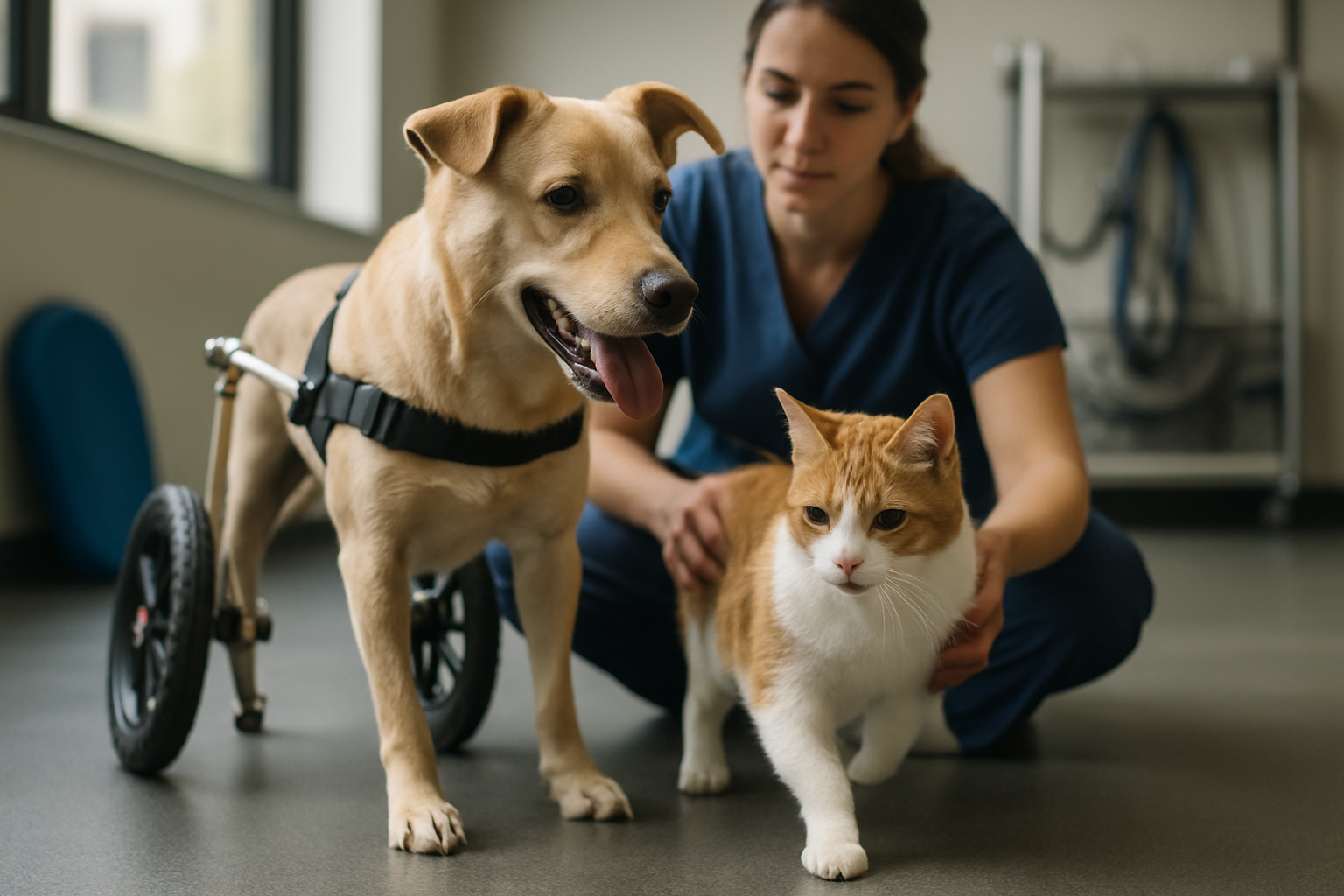Responsible adoption: preparing your home for a new companion
Bringing a new companion home is a meaningful decision that affects your daily routine, living space, and household dynamics. Proper preparation helps ensure a smooth transition for both the animal and your family. This overview covers practical steps—from finding a suitable shelter to basic safety, nutrition, grooming, and training considerations—to set realistic expectations before adoption.

Adoption: where to find a companion
Choosing where to adopt matters for both the animal’s welfare and the fit with your home. Consider municipal shelters, rescue organizations, and foster networks in your area; each option has different screening and support processes. Shelter staff can provide background on temperament, health history, and any behavioral notes. Ask about any medical treatments or vaccinations completed and whether a trial adoption or foster-to-adopt option is available. Responsible adoption includes confirming that your lifestyle, living situation, and time commitments align with the needs of the breed, age, or species you plan to welcome into your home.
Preparing a safe habitat and toys
A safe habitat reduces stress and prevents accidents. Identify a quiet area for the animal to retreat during the first days and equip it with comfortable bedding, age-appropriate toys, secure enclosures if needed, and easy access to food and water. For multi-pet households, plan gradual introductions in neutral spaces and supervise initial interactions. Child-proofing and pet-proofing are both important: secure electrical cords, remove toxic plants and small choking hazards, and ensure secure fencing for outdoor areas. Choose toys that match the animal’s chewing strength and play style to support enrichment without risk.
Nutrition and health considerations
Good nutrition supports long-term health. Ask the shelter or rescue what diet the animal has been eating and transition slowly if changing food to avoid digestive upset. Learn portion sizes, feeding frequency, and any special dietary needs tied to age, breed, or medical conditions. Schedule a veterinary check within the first two weeks to confirm vaccinations, discuss parasite prevention, and set up a health plan. Maintain records of veterinary visits and medication. If you have a local veterinary clinic, establish a relationship early so you can access emergency advice and routine care within local services.
Grooming and routine care
Grooming needs vary widely by species and breed. Some animals require weekly brushing, routine nail trims, or periodic professional grooming, while others need more minimal maintenance. Regular grooming sessions help you check for skin issues, parasites, or injuries and build trust through gentle handling. Plan supplies in advance—brushes, nail trimmers, appropriate shampoos—and consider a grooming schedule that fits your lifestyle. For animals that need frequent cleaning or coat care, identify nearby grooming services or learn basic grooming techniques to keep your companion comfortable and healthy.
Training, behavior, and socialization
Early, consistent training supports desirable behaviors and reduces stress. Positive reinforcement methods—rewarding calm, appropriate actions—tend to be effective across species. Start with basic cues and house rules, using short, regular sessions to build skills. For animals with previous trauma or uncertain histories, work with shelter recommendations and consider consulting a certified trainer or animal behaviorist if issues arise. Socialization is important: introduce new people, other animals, and environments gradually and safely. Documenting behavior patterns and triggers can speed up progress and help professionals provide precise guidance.
Enrichment, travel, and breed considerations
Enrichment keeps companions mentally and physically stimulated. Rotate toys, use puzzle feeders, and create opportunities for supervised exploration. If you plan to travel with your companion, check transport requirements, crate sizes, and local regulations ahead of time; practice short trips before longer journeys. Breed or species characteristics affect activity levels and environmental needs—research typical temperament and energy needs so your expectations match reality. For adopters of unique species or particular breeds, connecting with local services, breed-specific rescues, or experienced owners can provide practical tips on long-term care.
Conclusion
Preparing your home for adoption involves practical planning across environment, health, nutrition, grooming, behavior, and enrichment. Taking time to research shelters, coordinate with local services, and set up routines increases the chance of a successful long-term match. Thoughtful preparation can reduce stress for both the animal and household members, allowing a new companion to settle in with confidence and support.





